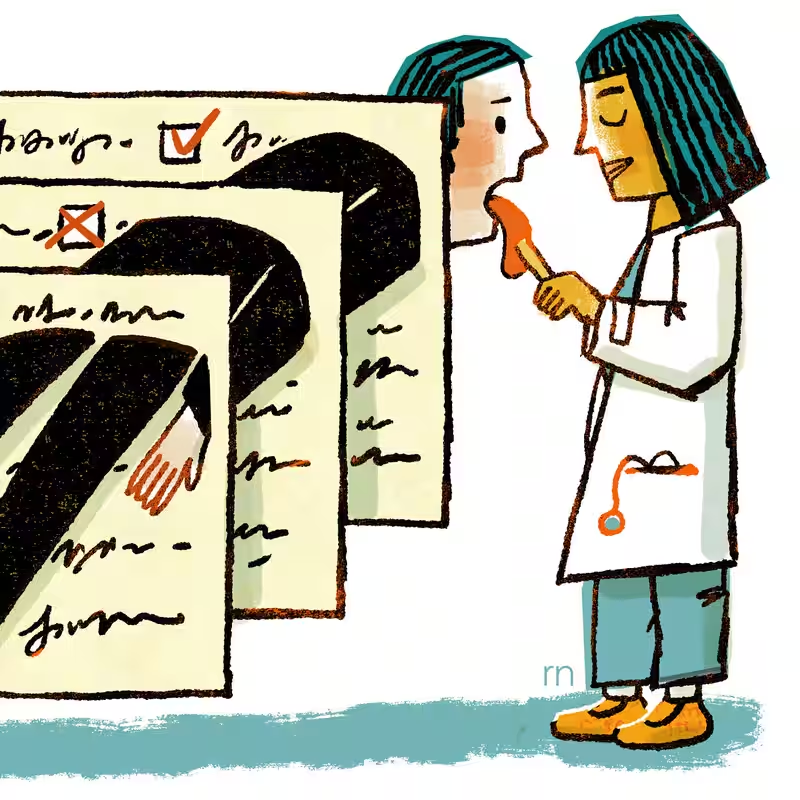If you’ve ever scheduled a medical procedure—only to get blindsided by an insurance denial letter days before surgery—you know how stressful and confusing prior authorization can be. Now, a newly refined patient memo, shaped by real-world feedback from doctors and patients alike, aims to demystify the process before it derails your care.
What Is Prior Authorization?
Prior authorization is a requirement imposed by many health insurers that forces doctors to seek approval before certain tests, medications, or procedures are covered. While intended to control costs, the process often delays care, creates administrative chaos, and leaves patients in the dark—sometimes until it’s almost too late.
One New York Times reader shared a chilling example: his wife received a partial denial notice from UnitedHealthcare just 36 hours before her breast cancer surgery. Though the situation was eventually resolved, the emotional toll was immense—and entirely avoidable with better communication.
A Memo Born from Frustration
In response, the Times’ Your Money team drafted a simple, one-page prior authorization memo for doctors to give patients at the start of treatment planning. The goal? To explain what prior authorization is, why it matters, and what patients can do if their request is denied.
After publishing the first version, the team received an outpouring of feedback—both from patients who’d endured nightmare scenarios and from physicians eager for clearer tools. The memo was updated based on that input, making it more practical, empathetic, and actionable.
Key Elements of the Updated Memo
- Plain-language definition of prior authorization—no insurance jargon.
- Timeline expectations: how long approvals usually take (and what to do if time is short).
- Red flags: signs your request might be denied (e.g., “not medically necessary” codes).
- Appeal instructions: step-by-step guidance on challenging a denial.
- Contact info for both the doctor’s office and the insurer’s case manager.
Why This Matters Now
With healthcare costs soaring and insurers tightening coverage rules, prior authorization requests have surged. A 2024 American Medical Association survey found that 94% of physicians report prior auth delays leading to serious adverse events—including hospitalizations and disease progression.
Yet most patients aren’t told about this hurdle until they’re already in the system. The new memo flips that script by putting information in patients’ hands before surprises strike.
Doctors Are Already Using It
Since its release, clinics in California, Texas, and Massachusetts have begun distributing the memo during initial consultations for procedures like MRIs, biologics for autoimmune conditions, and elective surgeries. One oncologist called it “the missing piece in informed consent.”
“It’s not about shifting blame,” said Dr. Elena Ruiz, a family physician in Austin. “It’s about partnership. When patients understand the system, they become better advocates for themselves.”
How to Get the Memo
The updated prior authorization patient memo is available for free download via The New York Times. Medical offices can print and customize it with their contact details.




